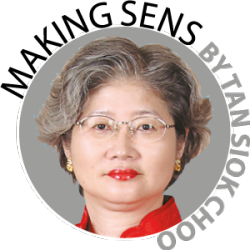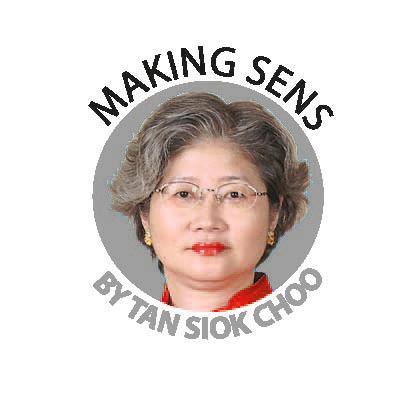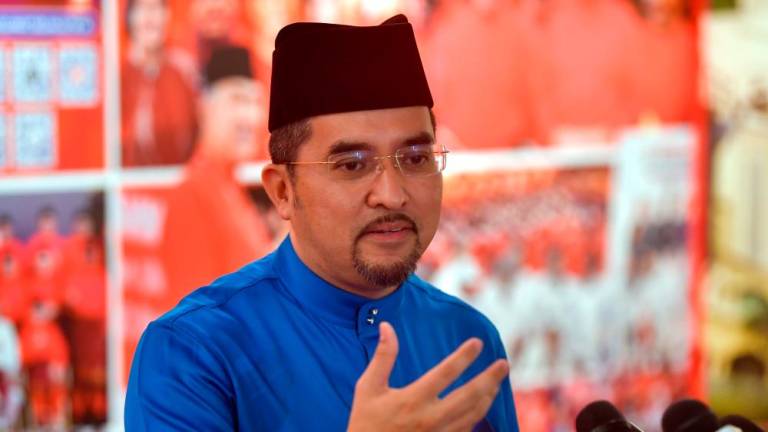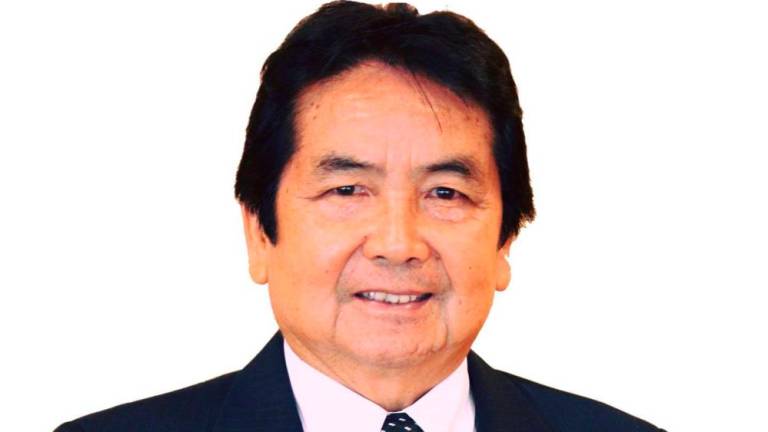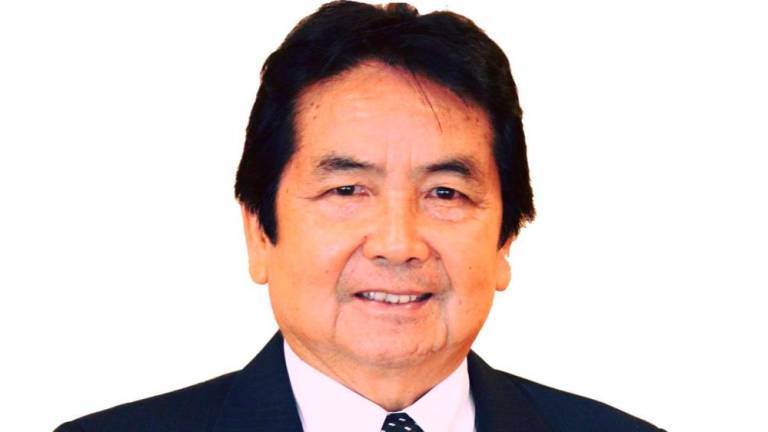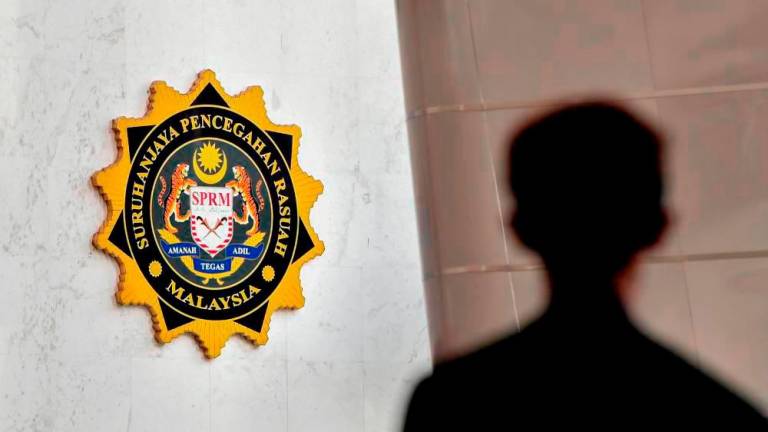IT doesn’t take an economist or a statistician to know this number is grossly out of date – Malaysia’s poverty line income (PLI) of RM980 for a household of four persons each month in Peninsular Malaysia based on data collated 42 years ago. Assuming a 30-day month, the PLI means a person is poor if he earns RM8.20 or less per day.
A PLI of RM980 gives Malaysia a super-low poverty rate of 0.4%. Not only is this rate among the lowest in the world, it also suggests poverty in this country is either negligible or non-existent.
Hard-nosed realists will ask: Can an individual subsist on a daily income of RM8.20? Is it possible to buy lunch or dinner plus a drink for RM3? What about other essential living costs like rent, transport and healthcare?
Furthermore, is it reasonable that the PLI of RM980 for a four-member household comprises 15% of Bank Negara Malaysia’s concept of a living wage of RM6,500 for a couple with two children? Is the PLI consistent with the current national minimum monthly wage of RM1,100?
This debate on poverty was sparked last week by the UN Special Rapporteur on Extreme Poverty and Human Rights, Philip Alston, who criticised Malaysia’s PLI of RM980 for a four-member household as too low. His statement was strongly criticised by some political leaders.
“(A PLI of RM980) is a tragically low line for a country on the cusp of attaining high-income status, especially since a range of rigorous independent analyses have suggested a more realistic poverty rate of 16% to 20% and about 9% of households survive on less than RM2,000 per month,” Alston’s report said.
Alston’s view was shared by Kenneth Simler, a senior economist with the World Bank Group Global Knowledge and Research Hub in Malaysia and Professor Martin Ravallion, the Royal Professor Ungku Aziz Chair at the University of Malaya.
In 1977, Malaysia’s gross national income (GNI) per person was RM200 per month while the PLI was around RM50 per person. Malaysia’s GNI has risen to more than RM3,800 per month while the PLI has inched upwards to RM245 per person or RM980 for a household of four persons, Simler said.
If statistics quoted by Simler are correct, why has Malaysia’s GNI surged by 19 times while the PLI expanded by less than five times?
“(The PLI) should be three times that amount or more – it’s currently too low,” Ravallion said at a public lecture on the challenges of measurement and policymaking on income equality in January this year.
Although Ravallion’s lecture was reported in The Edge and in Free Malaysia Today, his speech elicited little comment and attracted no criticism.
That Malaysia’s PLI is antiquated doesn’t detract from Malaysia’s success in reducing the level of poverty – an achievement both Ravallion and Simler have lauded.
A related issue is how poverty should be calculated? Should it be a single number like the PLI? Or should it be benchmarked against the median income?
A median income is a number that divides a group into two halves – one half whose income exceeds that figure and the other half earning less than that amount.
Prime Minister Tun Dr Mahathir Mohamad’s economic adviser Dr Muhammed Abdul Khalid suggested Malaysia should emulate developed countries where a household is considered poor if its income is less than 50% of the median income.
“If we used this measure, the poverty rate in Malaysia would go up to 16% in 2016, a slight increase compared with 15.6% recorded in 2014, although the economy grew during that period,” Muhammed said.
Benchmarking poverty income against median income ensures economic policy doesn’t exacerbate income inequality. For this reason, benchmarking the threshold of poverty against median income is far better than a single-digit PLI.
Yet another alternative is using the broad-based Multi-dimensional Poverty Index (MPI) where poverty is defined broadly to encompass income, education, health and living standards. A person is deemed to be poor if he or she is deprived in at least 30% of these poverty indicators.
However, even the MPI concept must be updated, some economists argue.
What constitutes poverty and how it should be measured isn’t an academic exercise – it is an issue that has important policy implications.
If Putrajaya regards only households earning a monthly income of RM980 or less are poor, financial assistance is less likely to be given to those who exceed this threshold, even if marginally.
As Muhammed acknowledged in Sinar Harapan last week: the PLI is outdated and needs to be changed. “That is a fact and to solve problems, it is better that we accept reality. Only then can we find quick solutions.”
In short, effective action to diminish poverty must start from recognising the needs of the poor have increased.
Opinions expressed in this article are the personal views of the writer and should not be attributed to any organisation she is connected with. She can be contacted at siokchoo@thesundaily.com



